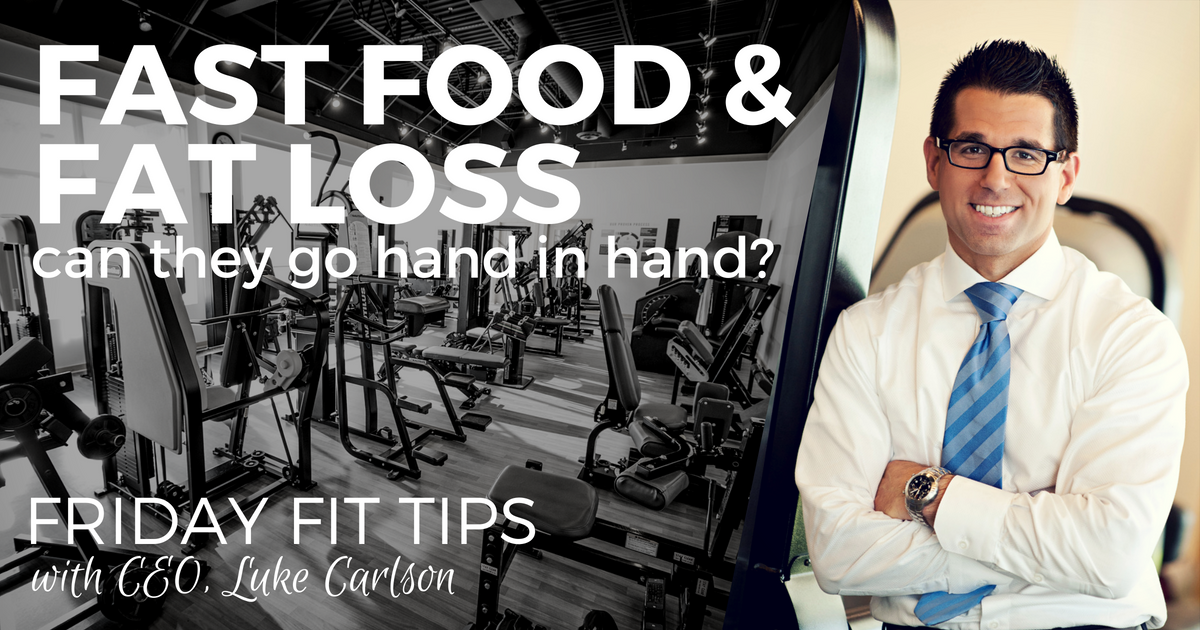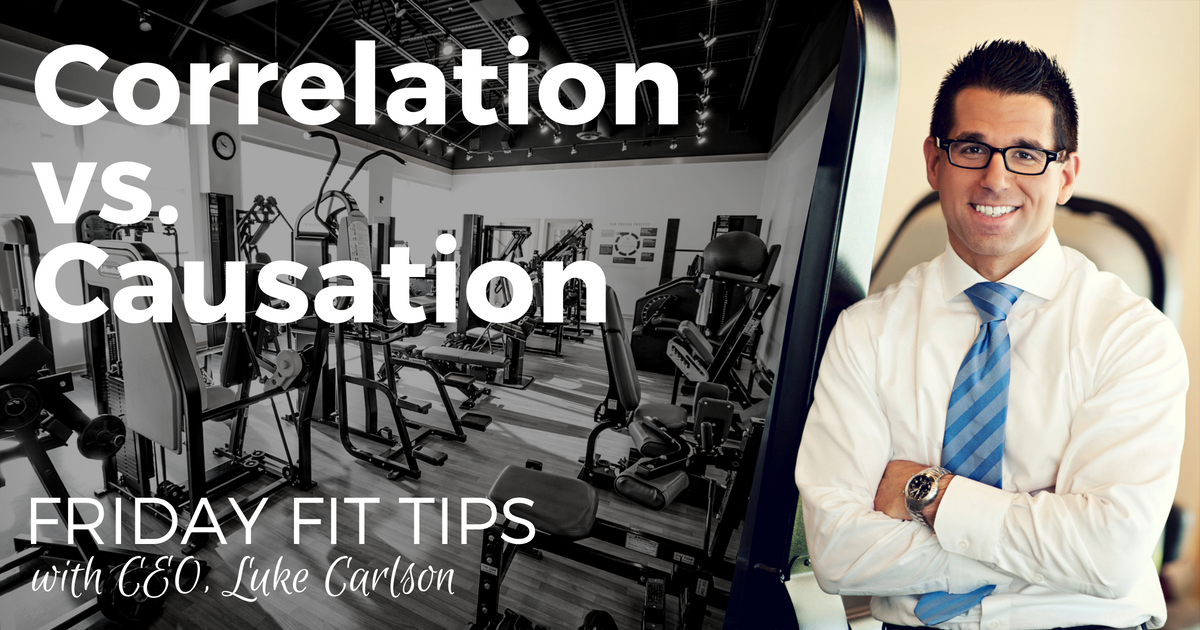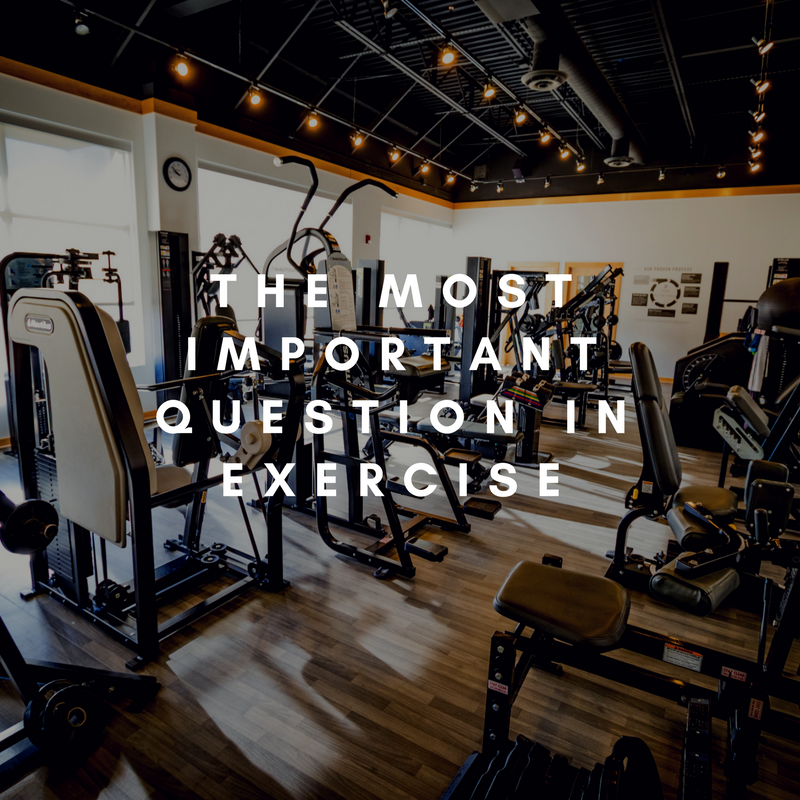Fast Food & Fat Loss; Can they go hand in hand?
Improving body composition, defined as the percentage of our body weight that is comprised of muscle versus fat, is a paramount goal for the clear majority of exercisers. Two primary interventions drive body composition improvement: 1. Strength training in order to increase lean muscle tissue; and 2. Nutrition intended to lose body fat (and support increased muscle tissue). With so much misinformation and wasted effort in our pursuit of improved body composition, I thought I would share a success story that illustrates an evidence-based, albeit unpopular approach to improving body composition.
Great Workouts for the Business Traveler and some advice for making it work on the Road
Great Abs: Refocus on what works
The fitness topic that garners the most confusion and outright misinformation continues to be the quest for improved abdominal appearance. Interestingly, the effect of exercise on abdominal appearance is one of the most thoroughly studied and understood areas in all of exercise science. Alas, this is not reflected by the average fitness enthusiast’s approach to achieving six-pack abdominals (or, perhaps, less ambitiously, simply losing fat from the midsection). A survey of health clubs, gyms, home exercise DVD’s, and studio concepts around the world indicate that we are truly in the stone ages when it comes to effectively improving abdominal appearance. Let’s address an evidence based approach to improving abdominal appearance.
Correlation vs. Causation
Where to Focus During Your Workout: New Research on Mind Muscle Connection
The Most Important Question in Exercise
I will argue that most exercisers, even the most dedicated and hardworking fitness enthusiasts fail to ask a simple question before they commence an exercise program, an individual exercise, or a general mode of exercise.





Leave a Reply
Your email address will not be published.